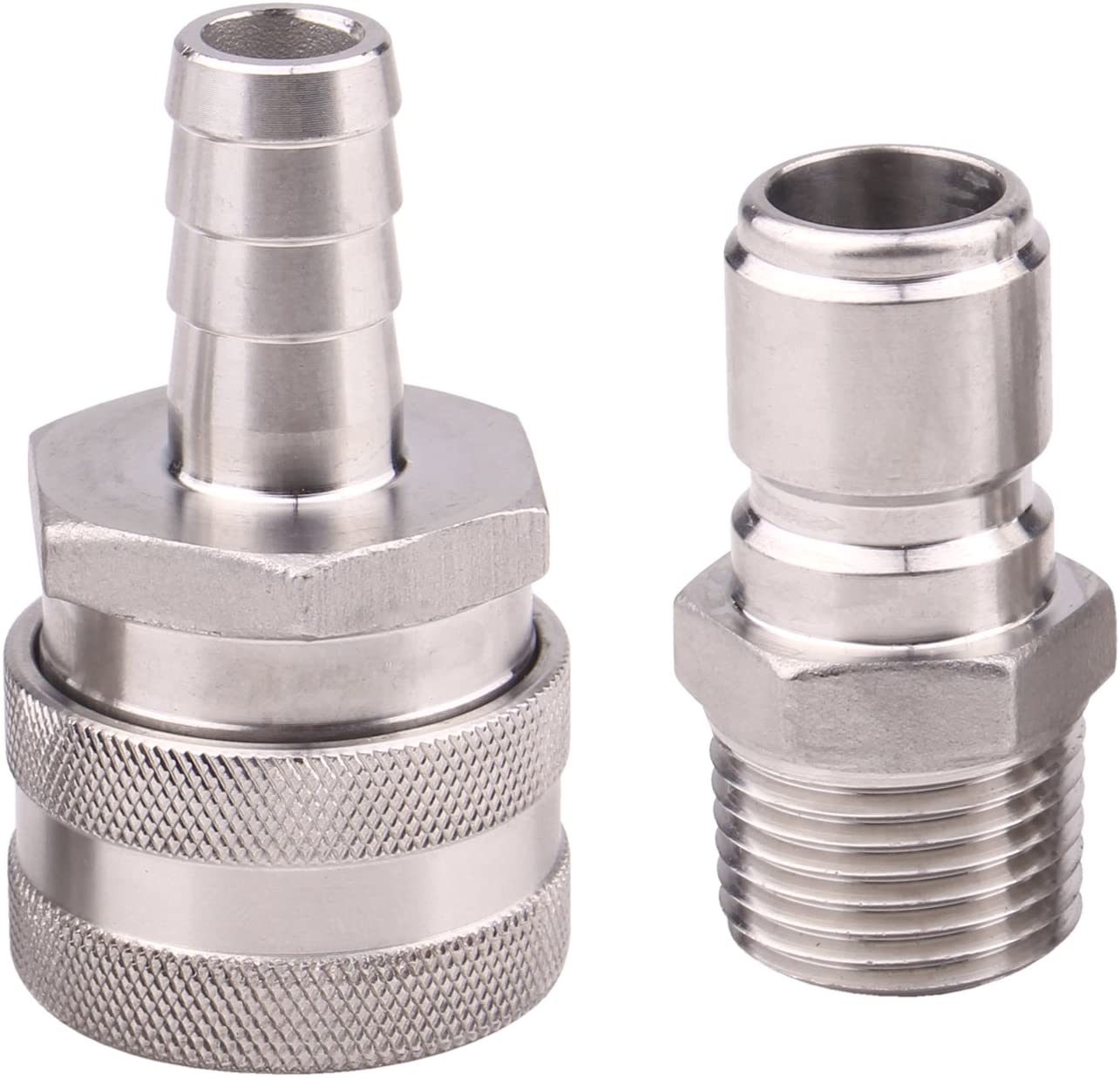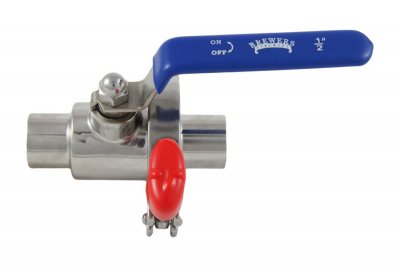Golddiggie's gender-related remarks make perfect sense: female on hoses, male elsewhere. I have not had camlock compatibility issues, though I do notice differences in the force required to make a connection depending on... something, maybe small variation between makers. Not sure.
@Bobby_M of brewhardware.com fame wrote
this guide regarding the OP's decisions. He's got his own perspective:
Quick Disconnects: We can say from experience that if you're designing a system where the pump will draw from several sources and/or pump to several other locations, you will quickly tire of pulling hoses off of barbs to move them around. Quick disconnects are exactly what they sound like and there are several options available:
TC, Triclover, Triclamp - This is a system that features a gasket that sits between two identical flanges and a separate clamp that squeezes the flanges together to make the seal. These are generally considered the most sanitary* and easily cleanable option, but their high cost, bulk, and cumbersome operation make them impractical for all ports on a homebrew scale system.
Camlock - Camlocks or Cam and Groove fittings have been used around the world in industrial applications for decades, usually in much larger sizes than what we use them for. There are a lot of reasons we really like these. For one thing, their dimensions are dictated by Milspec so they should be interchangeable across all vendors. They have very few moving parts so they don't get fouled with sticky wort. They are made of only two food grade components, stainless steel and high temperature silicone. The price is also very favorable. The only downside is that it takes two hands to make and break connections.
Ball Lock QDs- If you've been around air compressors or ball lock style corny kegs, you already have an idea of how these work. Like camlocks, the male part has a groove that is engaged by the female coupling but instead of a cam arm, it's locked with a series of ball bearings. They are also built with stainless steel and silicone. The major advantage to these is the ease of operation, only requiring one hand. There are a couple downsides including cost and lack of cross-vendor compatibility. On the bright side, we are the first and only vendor to sell these in a high flow "plus" sized hose barbs.





























![Craft A Brew - Safale BE-256 Yeast - Fermentis - Belgian Ale Dry Yeast - For Belgian & Strong Ales - Ingredients for Home Brewing - Beer Making Supplies - [3 Pack]](https://m.media-amazon.com/images/I/51bcKEwQmWL._SL500_.jpg)






























